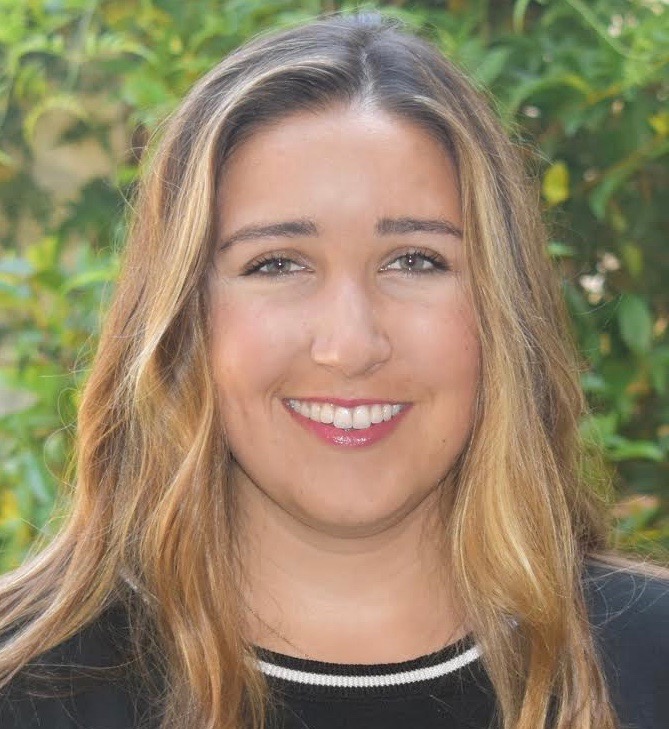HomeBank English deBarbaro Cry Corpus

|
Kaya de Barbaro
Department of Psychology
University of Texas at Austin
kaya@austin.utexas.edu
website
|

|
Xuewen Yao
Electrical and Computer Engineering
University of Texas at Austin
xuewen@utexas.edu
|

|
Mckensey Johnson
Department of Psychology
University of Texas at Austin
mckenseyjohnson@gmail.com
|

|
Megan Micheletti
Department of Psychology
University of Texas at Austin
m.micheletti@utexas.edu
|
| Participants: | 21 |
| Recordings: | 44129 5-second recordings |
| Type of Study: | naturalistic |
| Location: | Austin TX, USA |
| Media type: | audio |
| DOI: | doi:10.21415/Y4J3-QG85 |
Yao, X., Micheletti, M., Johnson, M., Thomaz, E., & de Barbaro, K.
(2022) Infant crying detection in real-world environments. Proceedings
of the 2022 IEEE International Conference on Acoustics, Speech and
Signal Processing (ICASSP). https://ieeexplore.ieee.org/document/9746096
Micheletti, M., Yao, X., Johnson, M., & de Barbaro, K. (2022)
Validating a model to detect infant crying from naturalistic audio.
Behavior Research Methods. https://doi.org/10.3758/s13428-022-01961-x
In accordance with TalkBank rules, any use of data from this corpus
must be accompanied by at least one of the above references.
Corpus Description
This dataset was created to detect and classify infant crying/fussing in
naturalistic environments. The dataset consists of LENA recordings from
22 infants with age ranging from 1 - 10 months old. Parents were
instructed to place the LENA in a vest worn by the infant and record up
to 72 hours total of audio data in their home, including two weeknights
and a weekend.
A team of trained research assistants annotated raw audio data
according to best practices in behavioral sciences (inter-rater
reliability kappa score: 0.8469). Crying is typically very loud,
rhythmic, harsh and sudden and may feature wails or grunts. Fussing, on
the other hand, is a continuation of negative vocalizations that is
less intense than crying. It features a larger gap between
vocalizations as well as quick breathing and closed-mouth noises.
Cries had a minimum duration of 3 seconds and were combined, if within
5 seconds. Fusses did not have a minimum duration. All neighboring
crying and fussing sounds occurring within 5 seconds of one another were
combined. Note that the labels do not distinguish between fuss and cry,
rather, a “crying” label corresponds to either fussing or crying. All
other sounds and silence were collapsed into a second category labelled
“not crying.” To facilitate the development of audio recognition models,
all crying episodes were cut into five second segments (with four-second
overlap between neighboring segments). An equal length and number of
five second segments of non-cry data was randomly selected from the same
recording. The complete dataset totals 61.3h of labelled data with over
seven hours of unique annotated crying data. The names of the audio
files indicate: participant number, sample number, and whether it is
“crying” or “not crying.”
All infants in this dataset are from Austin, Texas. The sample is
generally middle class, with a range of family annual incomes (n=1
under $25,000, n=5 $50,000-$74,999, n=7 $75,000-$99,999, n=9 $100,000+)
and above-average maternal education levels (n=2 high school or less,
n=4 some college, n=5 college, n=10 graduate degree or higher). The
majority of families are married (n=20). Infant race is predominantly
White (n=13), then multiracial (n=7) and Hispanic/Latinx (n=2). All
infants heard majority English at home and had no known vision or
hearing issues at birth. These data were collected in participants'
homes by the University of Texas at Austin where the data continue to
be analyzed. Further details of the project are available on our lab
website. Please contact Kaya de Barbaro directly to discuss further
aspects of the sample design, annotation, and analysis.
Acknowledgements
Thanks to Lara Andres, Nina Nariman, Brooke Benson, and Kara Kaur
for their work on this corpus.
Usage Restrictions
Before downloading our data, please notify us by filling out this google form . Additionally, we request that all users commit to deleting the data after the project is completed and that they email kaya@austin.utexas.edu with any publications that result from the use of this dataset (see google form).



